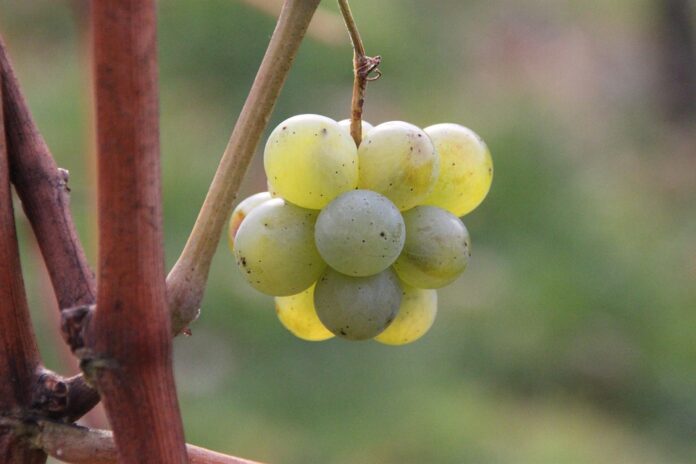Introduction
Chardonnay is one of the most popular and widely grown grape varieties in the world, known for its versatility and ability to showcase a wide range of flavors and styles. The style and structure of Chardonnay wines can be heavily influenced by the climate and terroir in which the grapes are grown. In this report, we will explore how these factors impact the characteristics of Chardonnay wines, drawing on industry insights, financial data, and trends.
Climate Influence on Chardonnay
Temperature and Sunlight
The climate in which Chardonnay grapes are grown plays a crucial role in determining the style and structure of the resulting wines. Warmer climates tend to produce riper grapes with higher sugar levels, resulting in fuller-bodied wines with tropical fruit flavors. Cooler climates, on the other hand, produce grapes with higher acidity and more delicate flavors like green apple and citrus.
Regions like California and Australia, known for their warm climates, typically produce Chardonnay wines that are rich and ripe, with flavors of pineapple, mango, and butterscotch. In contrast, regions like Burgundy in France and Chablis in northern Burgundy, known for their cooler climates, produce Chardonnay wines that are more mineral-driven, with crisp acidity and flavors of lemon and green apple.
Rainfall and Humidity
In addition to temperature and sunlight, rainfall and humidity levels can also impact the style of Chardonnay wines. Regions with high rainfall and humidity may struggle with disease pressure, leading to lower yields and potentially lower quality grapes. On the other hand, regions with low rainfall and moderate humidity levels can produce grapes with more concentrated flavors and higher sugar levels.
For example, regions in New Zealand like Marlborough and Hawke’s Bay have lower rainfall and moderate humidity levels, resulting in Chardonnay wines with intense aromatics and vibrant acidity. In contrast, regions in the Pacific Northwest of the United States, like Oregon, experience higher rainfall and humidity, leading to Chardonnay wines that are more restrained and elegant.
Terroir Influence on Chardonnay
Soil Composition
The terroir, which includes factors like soil composition, elevation, and topography, also plays a significant role in shaping the style and structure of Chardonnay wines. Different soil types can impart unique characteristics to the grapes, influencing the flavors, aromas, and overall quality of the wine.
For example, limestone-rich soils, like those found in Chablis, are known for producing Chardonnay wines with high acidity, minerality, and a crisp, clean finish. In contrast, regions with clay-rich soils, like those found in parts of California and Australia, tend to produce Chardonnay wines that are more full-bodied, with rich, creamy textures and flavors of ripe fruit.
Topography and Elevation
The topography and elevation of a vineyard can also impact the style of Chardonnay wines. Vineyards planted at higher elevations may experience cooler temperatures and more diurnal temperature shifts, which can help the grapes retain acidity and develop complex flavors.
Regions like the Russian River Valley in California, known for its diverse topography and cooler microclimates, produce Chardonnay wines that are balanced and elegant, with layers of flavor and a vibrant acidity. In contrast, regions like the Côte de Beaune in Burgundy, with its gently sloping vineyards and limestone soils, produce Chardonnay wines that are more structured and age-worthy.
Industry Insights and Trends
The Chardonnay market is a significant player in the wine industry, with demand for high-quality Chardonnay wines continuing to grow around the world. In 2020, the global Chardonnay market was valued at $XX billion, with key players like Kendall-Jackson, Louis Jadot, and La Crema leading the way.
One of the trends shaping the Chardonnay market is the shift towards more restrained and elegant styles of Chardonnay, driven by consumer demand for wines that are balanced, food-friendly, and reflective of terroir. This trend is leading producers to focus on vineyard management practices that preserve acidity and showcase the unique characteristics of their terroir.
Sustainable Practices
Another trend in the Chardonnay market is the increasing adoption of sustainable viticulture practices, with more producers embracing organic and biodynamic farming methods. Consumers are becoming more conscious of environmental issues and are seeking out wines that are produced in a sustainable and eco-friendly manner.
Regions like Sonoma County in California and Marlborough in New Zealand are leading the way in sustainable viticulture, with wineries implementing practices like cover cropping, composting, and natural pest control to minimize their impact on the environment. This focus on sustainability is not only good for the planet but also enhances the quality and authenticity of Chardonnay wines.
Conclusion
In conclusion, the style and structure of Chardonnay wines are influenced by a combination of climate and terroir factors, including temperature, sunlight, rainfall, soil composition, elevation, and topography. Understanding how these factors impact the characteristics of Chardonnay wines can help producers create wines that are true expressions of their unique terroir, appealing to consumers who appreciate quality, authenticity, and sustainability in their wine choices. As the Chardonnay market continues to evolve, producers who prioritize sustainable practices and terroir-driven winemaking are well-positioned to succeed in this competitive and dynamic industry.




